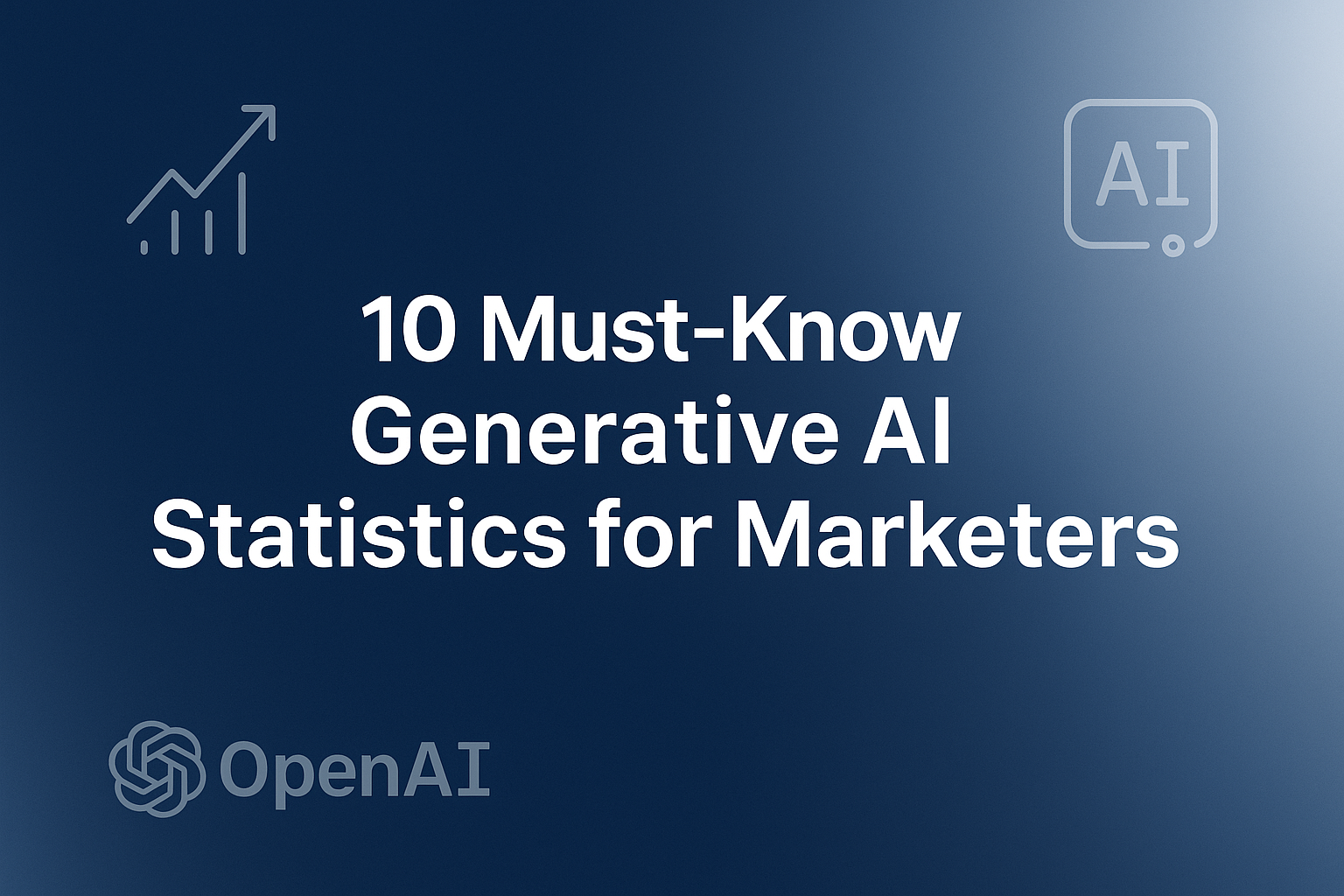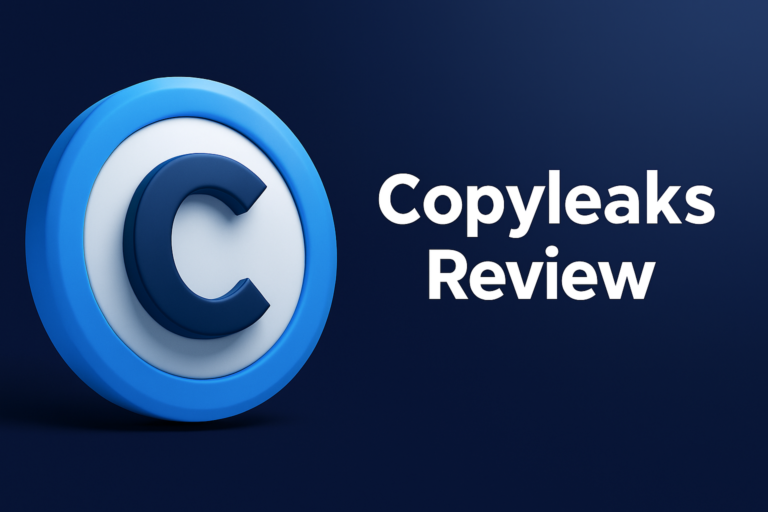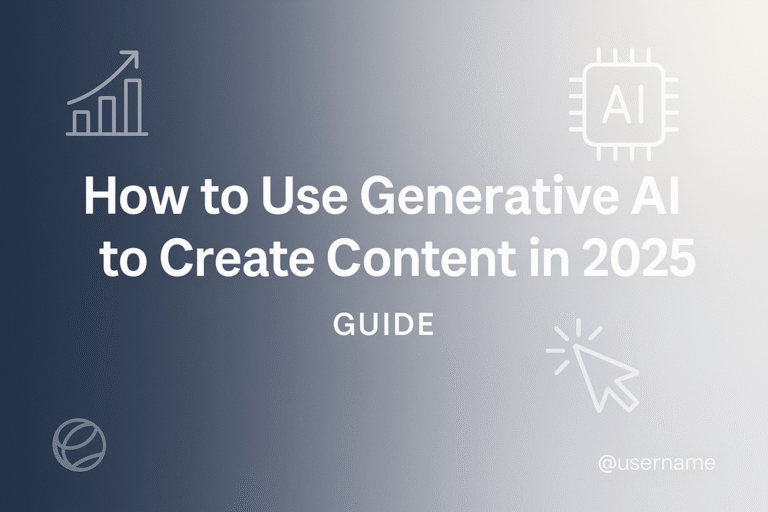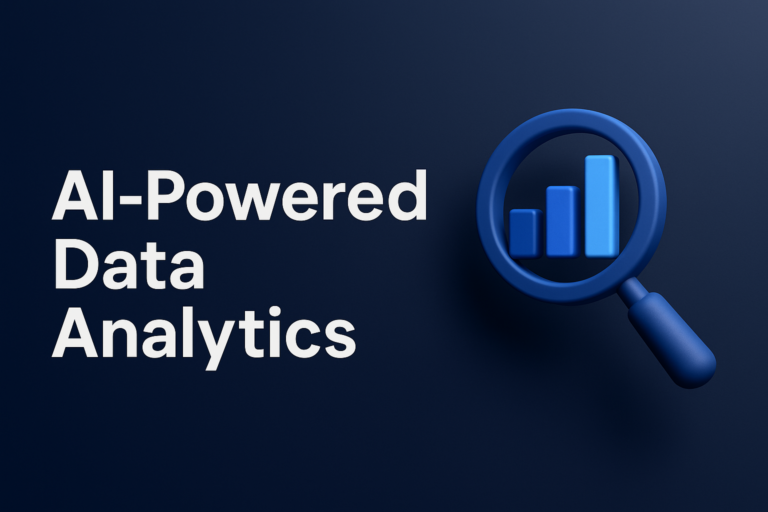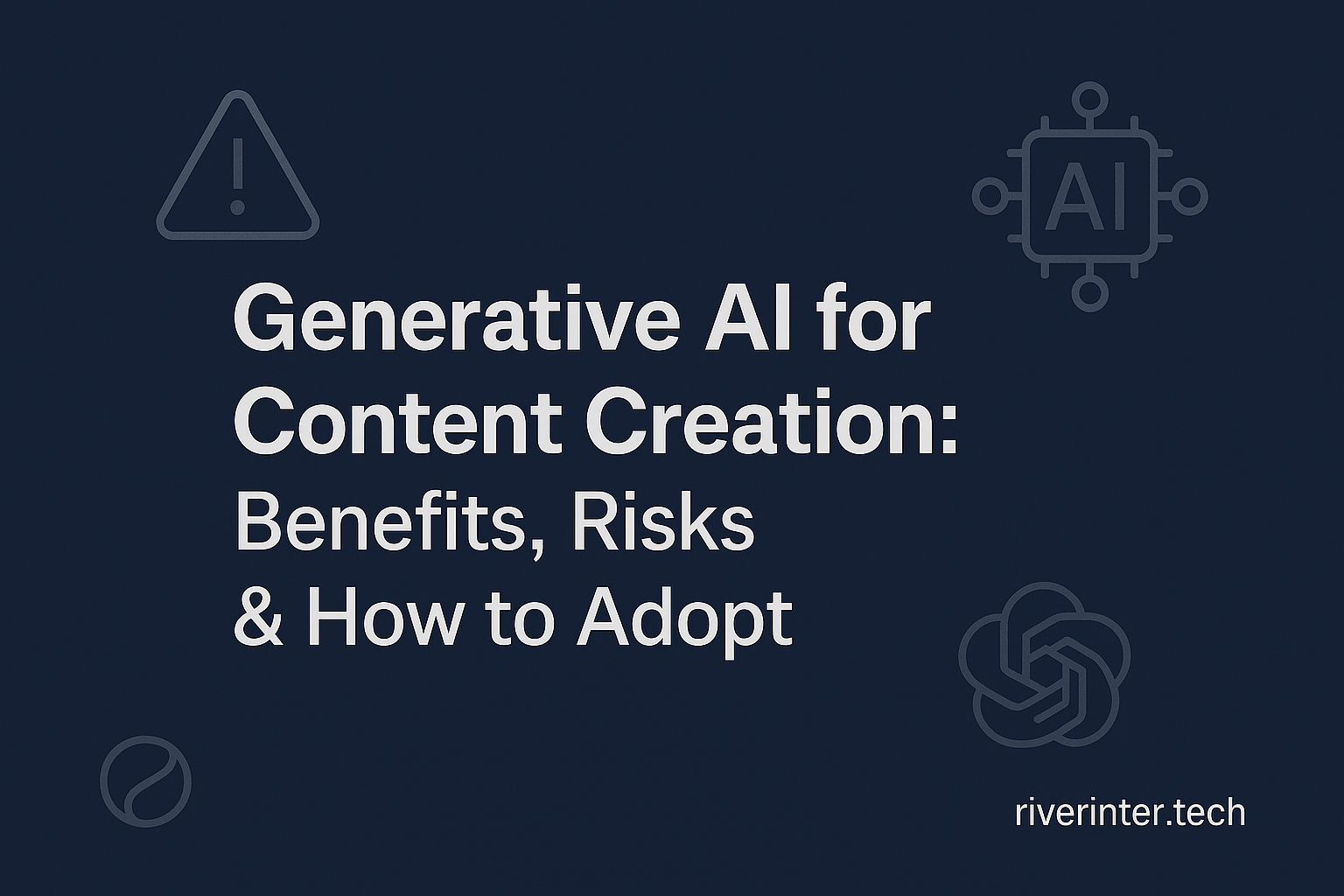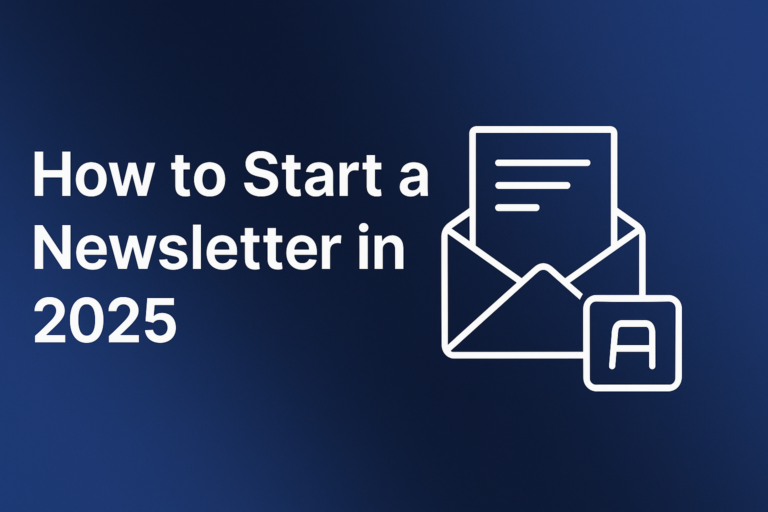9 Must-Know Generative AI Statistics for Marketers
Over the next three years, 92% of companies plan to increase their AI investments. If that sounds huge, it’s because it is. Generative AI has moved from a buzzword to a real driver for change in marketing. You’re not just hearing about new tools, you’re seeing new ways to connect with people, to create content, and to get results.
Right now, the facts and numbers behind generative AI in marketing can help you decide what to do next and how to stay ahead. In this article, you’ll find 10 must-know generative AI statistics. You’ll also get real-life examples, smart takeaways, and a look at what these stats really mean for everyday marketing work.
1. 92% of Businesses Plan to Invest in increase their AI investments by 2028
Almost everyone is making AI a top priority. It’s not just the big brands or tech companies. It’s nearly every team, no matter the size. McKinsey found that 92% of businesses say they plan to invest in AI tools by 2028.
If you aren’t exploring generative AI, your competitors probably are. You don’t want to be the only one left out when the industry shifts.
Quick Tip: Start exploring simple AI tools now. Even a test project can teach you a lot.
2. AI in Marketing Is Set to Reach $217.33 Billion by 2034, With 26.7% Annual Growth
This number is big—not just in dollars, but in what it means for marketing. According to Precedence Research, the AI marketing space will grow about 26.7% every year, hitting $217.33 billion by 2034.
This explosion in investment tells you one thing: more AI tools are coming, and they’re getting better fast. That means you’ll see new ways to automate work, reach more people, and get better results.
Mini-Case: In 2023, a mid-size e-commerce brand used AI to write product descriptions. They saw a 27% lift in conversions just from better, more targeted copy.
3. 51% of Marketers Use AI to Optimize Content; 50% to Create Content; 45% to Brainstorm Ideas
AI is now a partner in content creation. SurveyMonkey and DMI say 51% of marketers use AI to improve content, 50% to write it, and 45% to brainstorm ideas.
That means less copy-paste and more high-quality work in less time. Teams can focus on creative and strategic tasks instead of getting stuck on repetitive jobs.
Takeaway: Use AI for your next blog draft or to help brainstorm subject lines. It’s faster—and you still stay in control.
4. 71% of marketers expect gen-AI to eliminate busy work and free them for strategy.
When companies use AI, they find that their teams have more time for big-picture thinking. Salesforce reports that 71% of businesses using AI expect to move their people into more strategic roles.
Think about it: less time writing, designing and scheduling posts, more time planning smart campaigns.
5. 69% of Marketers Feel Hopeful About AI’s Impact on Their Jobs
Change can be scary. But most marketers feel good about what AI will do for their careers. SurveyMonkey found that 69% of marketers are hopeful or excited about AI’s impact at work.
Most people don’t see AI as a job-taker, but as a way to increase their value.
What to Try: Ask yourself where you spend the most time on repetitive tasks—then see if an AI tool could help.
6. 65% of Companies Have Seen Improved SEO Results With AI
Smart marketers are using AI to get better SEO results. SEMrush and DMI report that 65% of companies have seen improved search rankings after adding AI to their workflow.
With AI, you can find better keywords, get faster content audits, and write more SEO-friendly content.
Tip: Test an AI SEO tool for your next blog update. Track if your rankings improve over the next month.
7. Marketers Believe AI Saves Them 5 Hours per Week—Over a Month per Year
Salesforce says marketers think AI saves them about five hours every week. That adds up to more than a month of extra work time each year.
Imagine what you could do with that time—try new campaigns, dig into your data, or finally launch that creative idea you had.
What to Do: Write down how long it takes you to write a newsletter or report. Try using AI for one month to see how much time you save.
8. 39% of marketers don’t know how to use gen-AI safely.
Some marketers are still cautious. Salesforce found that 39% of marketers don’t know how to use AI in their work. Many worry about copyright, privacy, or getting bad results.
If you feel this way, you’re not alone. The answer is training and clear rules.
Action Step: Ask your team what worries them about using AI. Set up a mini training or share easy safety guidelines.
9. 73% say AI plays a role in creating personalized experiences
Personalization used to be tough at scale. Now, AI makes it possible to send the right message to the right person every time. According to SurveyMonkey, 73% of businesses believe AI will improve personalization in their marketing.
This means smarter emails, more tailored ads, and better customer journeys.
Try This: Use AI to segment your audience or write custom subject lines for your next email blast.
What Do These Stats Mean for Marketers Now?
Generative AI is not just hype. Marketers are using it for real results: more content, better content, and more time for strategy.
The teams that win are the ones who learn, test, and train. Start with small AI projects, measure your results, and keep learning as you go.
Frequently Asked Questions
What is generative AI in marketing?
Generative AI in marketing means using advanced AI to create content, ideas, and campaigns. It can write, design, and help automate tasks that once took lots of time.
How can marketers start using generative AI safely?
Start with trusted tools. Learn the basics. Set some simple rules about privacy and copyright. Try using AI for small tasks first to see how it works before scaling up.
Does AI replace marketing jobs or make them better?
AI helps with routine tasks. That frees up marketers to do more creative and strategic work. Most people use it as a tool—not a replacement.
What’s the biggest risk with AI-generated content?
The biggest risks are getting low-quality or “fake” content, and running into copyright or privacy issues. That’s why it’s important to review AI work and stick to the rules.
What skills do I need to get started with AI?
You don’t need to be a coder. Basic digital skills and a willingness to try new tools are enough. Over time, you can learn more about data, automation, and content strategy.
Want to Dig Deeper?
Check out our guides on AI content tools and personalization strategies. You’ll find step-by-step tips for getting started and making the most of generative AI in marketing.
Ready to Future-Proof Your Marketing?
Book a free call with our AI marketing automation expert and take your first step to save time and drive better results with generative AI.

